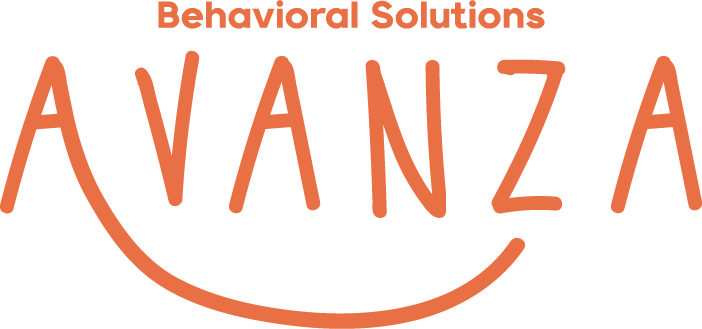UNDERSTANDING SDI CLASSROOMS IN ABA
When it comes to helping children with disabilities, such as autism, thrive in their learning environment, Specially Designed Instruction (SDI) plays a crucial role. SDI classrooms are not just any regular classrooms—they’re tailored to meet the unique needs of each student, ensuring that every child gets the support they need to grow and succeed. In this blog, we’ll explore what SDI classrooms are, how they use Applied Behavior Analysis (ABA), and the benefits and challenges that come with them.
What is an SDI Classroom?
An SDI classroom is a specialized learning environment designed to provide extra help and support for children who need it most. In these classrooms, teachers use a variety of teaching strategies, including Applied Behavior Analysis (ABA), to break down tasks into smaller, manageable steps. The goal is to help children with disabilities—particularly those with autism—improve their behavior, learn new skills, and become more independent.
Each student in an SDI classroom is treated as an individual. The instruction is customized to fit their specific learning needs, allowing them to progress at their own pace. The structured nature of the classroom ensures that students can succeed, with plenty of opportunities for positive reinforcement.
Benefits of SDI Classrooms
SDI classrooms offer several advantages that can make a big difference for children with disabilities. Here are some key benefits:
Specialized Help for Students: Teachers are trained to understand the needs of students with disabilities and are skilled in providing personalized instruction.
Smaller Class Sizes: With fewer students in the classroom, each child gets more individual attention. This can be crucial for children who need extra help to succeed.
Clear Expectations and Structure: In an SDI classroom, rules and routines are clearly defined. This structure helps students understand what’s expected of them and reduces confusion, making it easier for them to focus and engage.
Rewards for Progress: Teachers use rewards and positive reinforcement to motivate students. This helps children feel more encouraged as they achieve small milestones and build confidence.
Progress Tracking: Teachers closely monitor each student’s progress, making adjustments as needed to ensure continuous improvement. This individualized approach helps students stay on track and succeed at their own pace.
Challenges of SDI Classrooms
While SDI classrooms offer great benefits, there are also some challenges that need to be addressed:
Too Many Rules: Sometimes, the strict structure of an SDI classroom can feel overwhelming. The numerous rules in place to maintain order can be difficult for some children to navigate, especially if they feel restricted by them.
Limited Social Interaction: Because students in SDI classrooms often work in small groups, they may not have as much opportunity to interact with children from other classes. This can limit their social development and make them feel isolated.
Teacher Fatigue: Teachers in SDI classrooms work hard to meet the needs of each student. This can be exhausting, especially when dealing with a variety of learning styles and behaviors. Teacher burnout can be a concern if proper support isn’t provided.
Predictability and Boredom: For some students, the structured and repetitive nature of an SDI classroom can become predictable and boring. Children need creative activities and opportunities for exploration to stay engaged and motivated.
Feeling Different: Some students in SDI classrooms may feel different from their peers, which can affect their self-esteem. It’s important to balance the need for individualized instruction with opportunities for students to engage with their peers in other settings.
SDI classrooms play a vital role in helping children with disabilities succeed. They offer tailored support, use evidence-based teaching methods like ABA, and create a structured environment that meets the unique needs of each child. However, it’s important that SDI classrooms are designed thoughtfully to address potential challenges, such as too many rules or limited social interactions.
By striking the right balance between structure, creativity, and social engagement, SDI classrooms can be powerful tools for helping children grow, learn, and reach their full potential.


